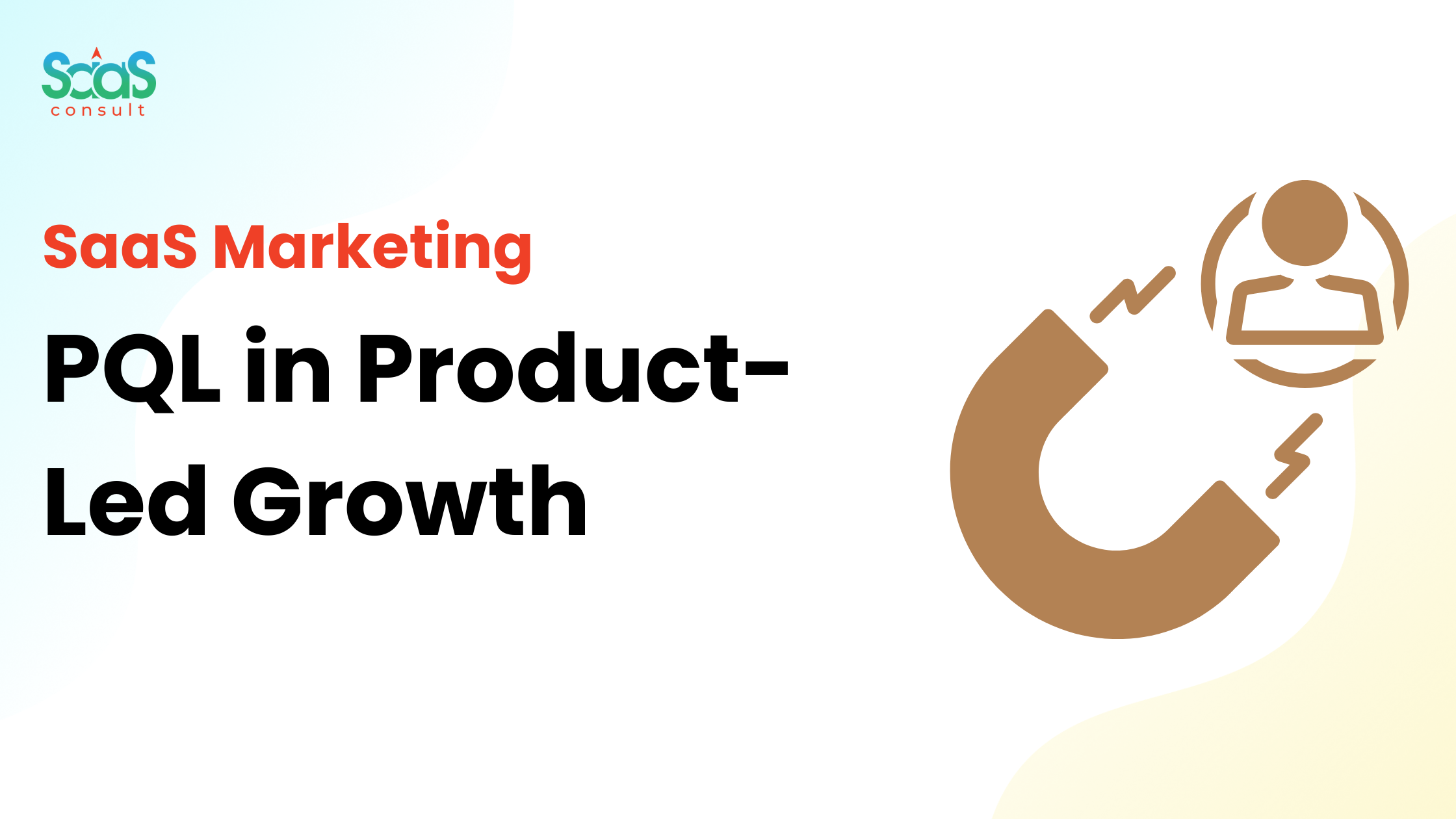In Product-Led Growth (PLG), not every signup is created equal. The most valuable prospects are those who experience real product value before speaking to sales — these are Product Qualified Leads (PQLs). Understanding, tracking, and converting PQLs is one of the most important levers for scaling a PLG motion.
What is a Product Qualified Lead (PQL)?
A Product Qualified Lead is a user or account that has:
- Signed up for your product
- Engaged with key features
- Reached a usage threshold that signals strong buying intent
PQLs are different from Marketing Qualified Leads (MQLs) because their qualification is based on product usage data rather than just demographic or engagement signals.
Example:
- In Slack, a PQL might be a team that has sent 2,000 messages.
- In Dropbox, it could be a user who uploads files from multiple devices.
Why PQLs Matter in PLG
PLG companies rely on the product itself as the main acquisition and conversion engine. PQLs indicate that:
- The user has discovered core value
- Sales outreach is more likely to succeed
- Expansion and upsell opportunities are higher
By focusing on PQLs, SaaS teams can:
- Shorten sales cycles
- Improve win rates
- Increase net revenue retention
Also read: GTM KPIs You Should Track Before You Scale
PQL vs MQL vs SQL
MQL (Marketing Qualified Lead): Based on marketing engagement — ebook downloads, ad clicks, webinar signups.
PQL (Product Qualified Lead): Based on product activity — feature use, frequency, depth of engagement.
SQL (Sales Qualified Lead): Sales has vetted and confirmed interest and fit.
| Lead Type | Qualification Trigger | Example |
|---|---|---|
| MQL | Marketing engagement | Downloaded a whitepaper |
| PQL | Product usage | Completed 3 projects in trial |
| SQL | Sales interaction | Agreed to a demo |
How to Define PQL Criteria
The right PQL definition varies by product, but common factors include:
- Activation milestones (e.g., onboarding completion)
- Feature adoption (use of premium or sticky features)
- Usage frequency (e.g., daily active use for a week)
- Account-level activity (number of active seats or integrations)
Steps to define PQLs:
- Identify behaviors correlated with conversion.
- Set measurable thresholds.
- Validate with historical data.
- Align with sales and marketing teams.
How to Identify and Track PQLs
Tools for PQL tracking:
- Product analytics: Mixpanel, Amplitude, PostHog
- CRM with product data: HubSpot, Salesforce with product usage fields
- PLG CRMs: Pocus, Calixa, HeadsUp
Process:
- Sync product usage data into your CRM.
- Build PQL scoring models.
- Trigger alerts for sales when a user hits the PQL threshold.
PQL Scoring Models
A scoring model assigns weights to product actions. Example:
- Completed onboarding: +30 points
- Used core feature 5 times: +40 points
- Invited teammates: +50 points
A user who scores 100+ points becomes a PQL.
Scoring should be iterative — refine based on conversion outcomes.
Examples of PQL Triggers in SaaS
- Notion: Created 3+ pages and invited 2+ collaborators
- Canva: Published 2+ designs and shared externally
- Zoom: Hosted 3+ meetings with 5+ participants
These triggers are tied to the product’s “aha” moment.
Converting PQLs to Paying Customers
Best practices:
- Timely outreach: Contact within 24 hours of hitting PQL status
- Contextual messaging: Reference specific usage in outreach
- Value-led offers: Highlight features relevant to their activity
Internal link: Cold Email Strategies for SaaS
Common Mistakes with PQLs
- Overly broad criteria: Leads to wasted sales effort
- Not aligning with sales: Sales ignores PQL alerts
- Static definitions: Not updating based on product changes
PQLs in Sales-Assisted PLG
Even in PLG, many conversions require a sales touch. PQLs help prioritize accounts where sales can:
- Accelerate decision-making
- Offer personalized onboarding
- Identify upsell opportunities
Linked read: SaaS GTM Strategy Examples
Measuring PQL Performance
Metrics to track:
- % of signups becoming PQLs
- PQL-to-customer conversion rate
- Average time from signup to PQL
- Revenue from PQLs vs non-PQLs
Tools:
- Segment + analytics tool
- CRM dashboards
- BI platforms like Looker or Metabase
Final Thoughts
For PLG SaaS, PQLs are the bridge between product adoption and revenue. They focus your sales energy where the intent is highest, improving efficiency and growth.
To make the most of PQLs:
- Define them clearly.
- Track them accurately.
- Act on them quickly.
A well-implemented PQL process turns product usage data into a predictable revenue engine.
